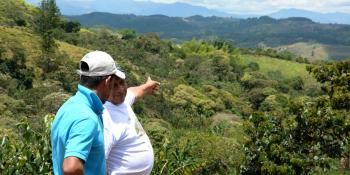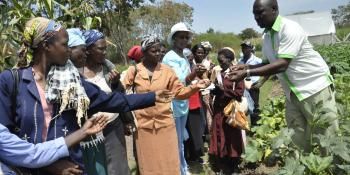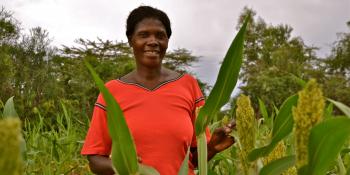Photo-story: Farmers in Tanzania use climate information to cope with variability

Farming is a risky business, largely dependent on the whims of rainfall and temperatures to either make or break a year’s yield. Add climate change to that equation, and you raise the risk-bar even higher.
Here, timely disseminated and tailored climate information services can aid smallholders in better managing risk and uncertainty throughout the season.
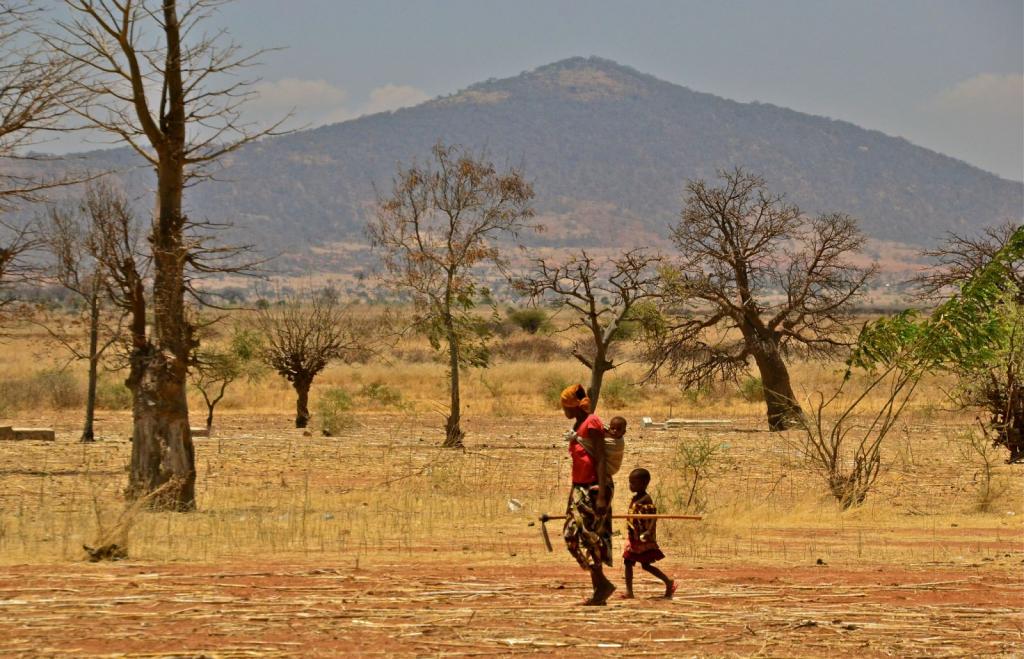
A team from the University of Reading, supported by CCAFS and World Food Programme, has decided to go beyond providing climate forecasts, to also involve and train farmers in Tanzania and Malawi to better use and produce their own, locally appropriate climate information.
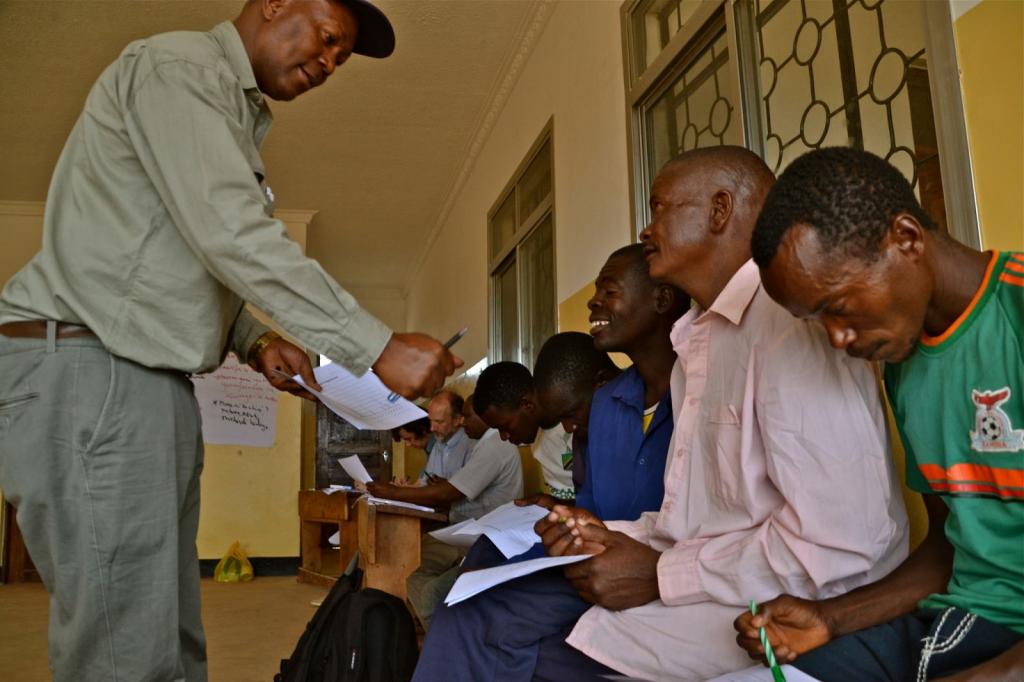
Swai Elirehema from the Tanzania Agricultural Research Institute kicked-off pilot trainings under the 'Participatory Integrated Climate Services for Agriculture' (PICSA) approach in November 2013 throughout Makoja and Ikowa villages, both considered climate-vulnerable areas in north-eastern Tanzania.
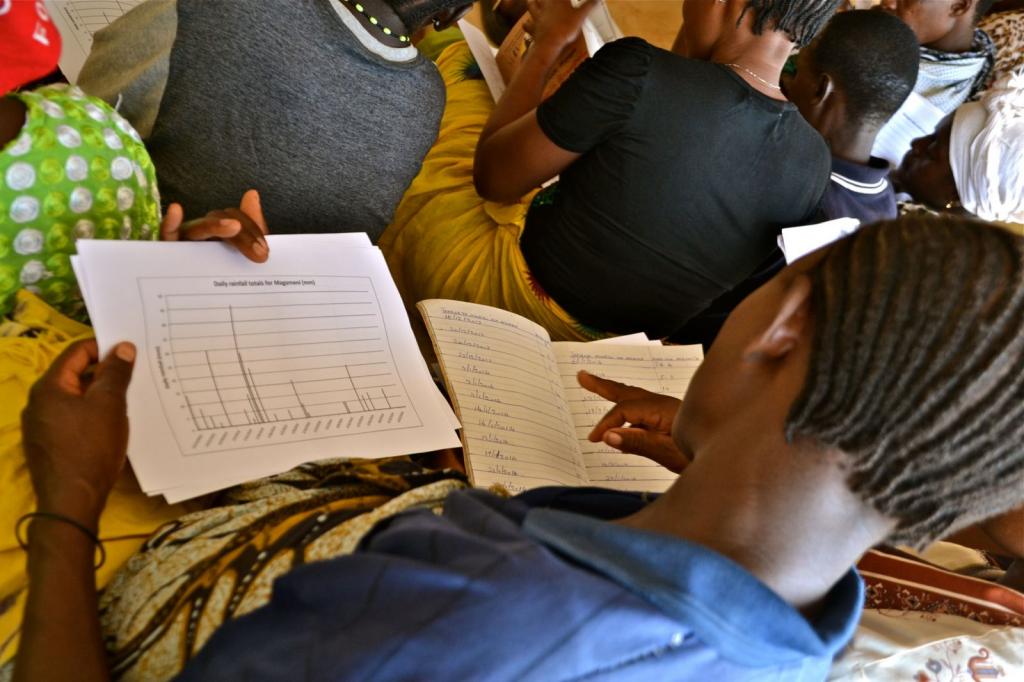
The work includes introducing and train farmers on how to best use historical rainfall, climate forecasts and livelihood options in an integrative and participatory way, that will help them build a better defence against a changing climate.
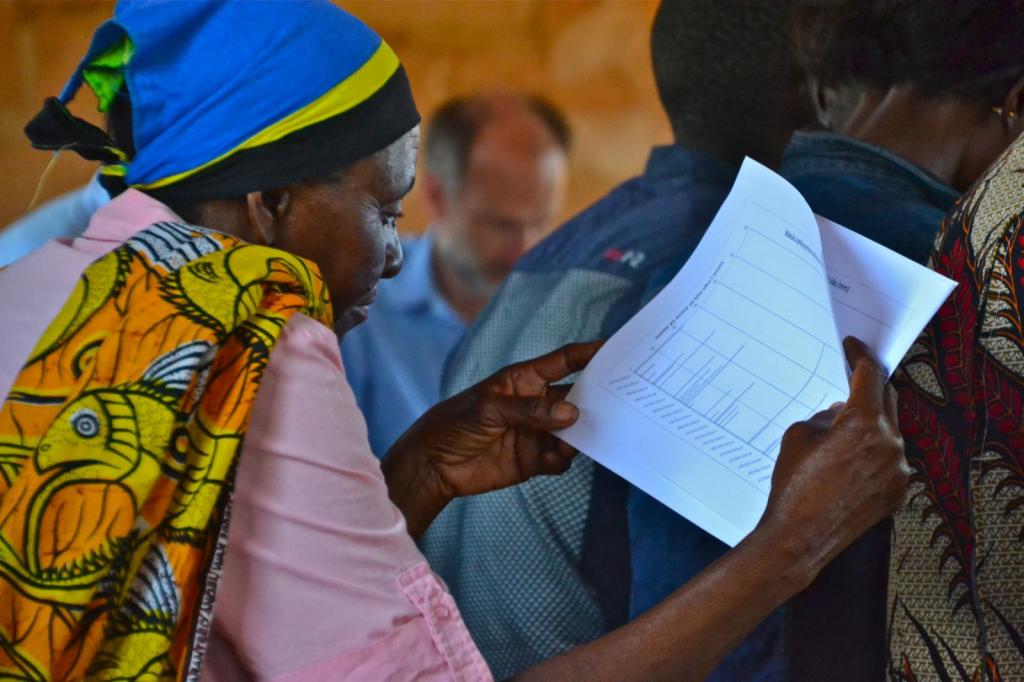
By looking at the climate data teamed with different crop requirements, for example how much water a crop needs, farmers get to identify which plants will most likely survive in their climate, and which ones will most likely fail.
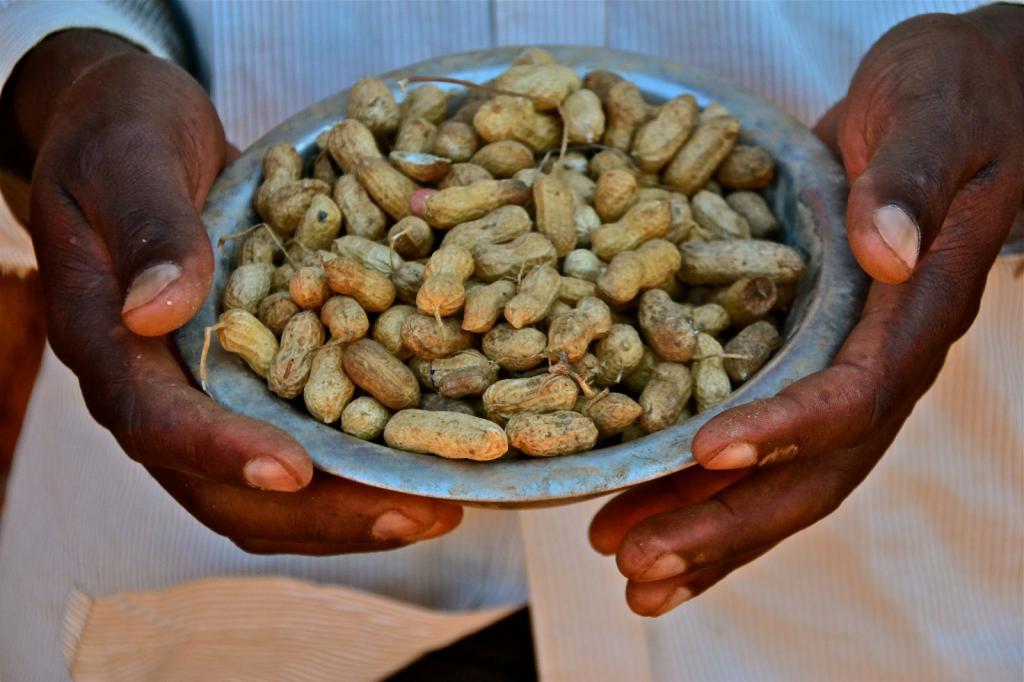
Participants are also linked to seed suppliers which enables them to - supported by participatory budget planning - independently decide which seemingly better peforming crops to buy; whether it is drought-resistant sorghum, ground nuts, pearl millet, or sunflower seeds.
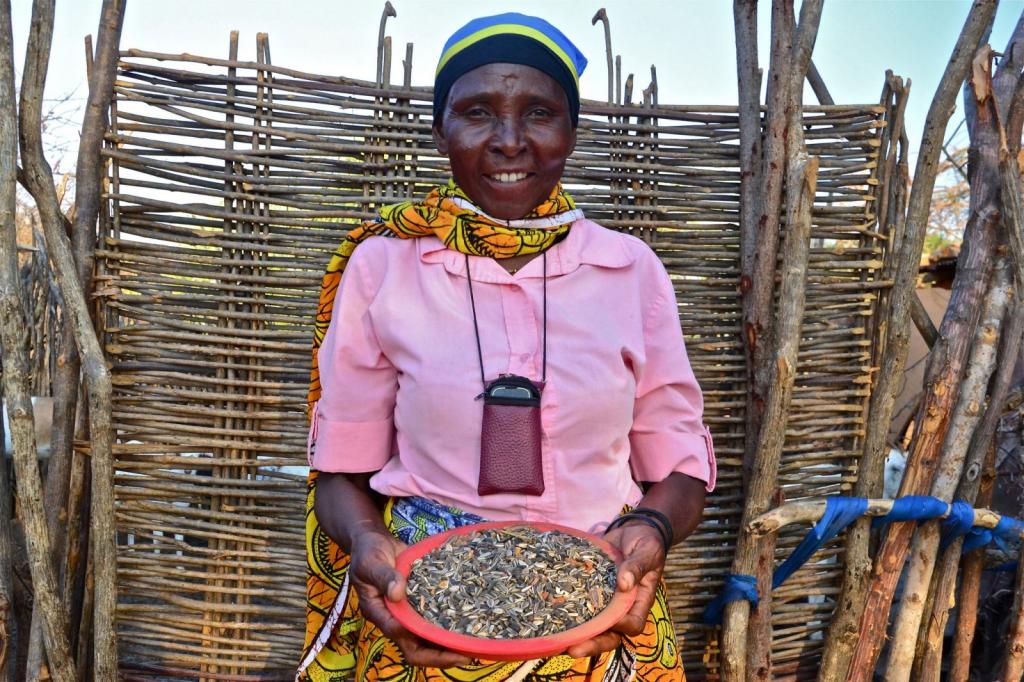
"Before I used to grow more maize but now I’ve switched to more sunflower, which I am very happy about as they did very well this year," said farmer Peris Chilongan during a discussion in her homestead, one year after the pilot trainings were held in Ikowa.
"It was the first year I used a climate forecast, and I am looking forward to this year's forecast too, as I now know how to use it in my planting."

Selina Sellas decided to reduce her maize, from two acres to one, and plant more sturdy pearl millet instead: “during the training we calculated that you will lose your maize harvest 7 out of 10 times. It is all down to probability and I want to reduce my risk.” Selina hopes to receive weather and forecast updates to her mobile phone in the near future.
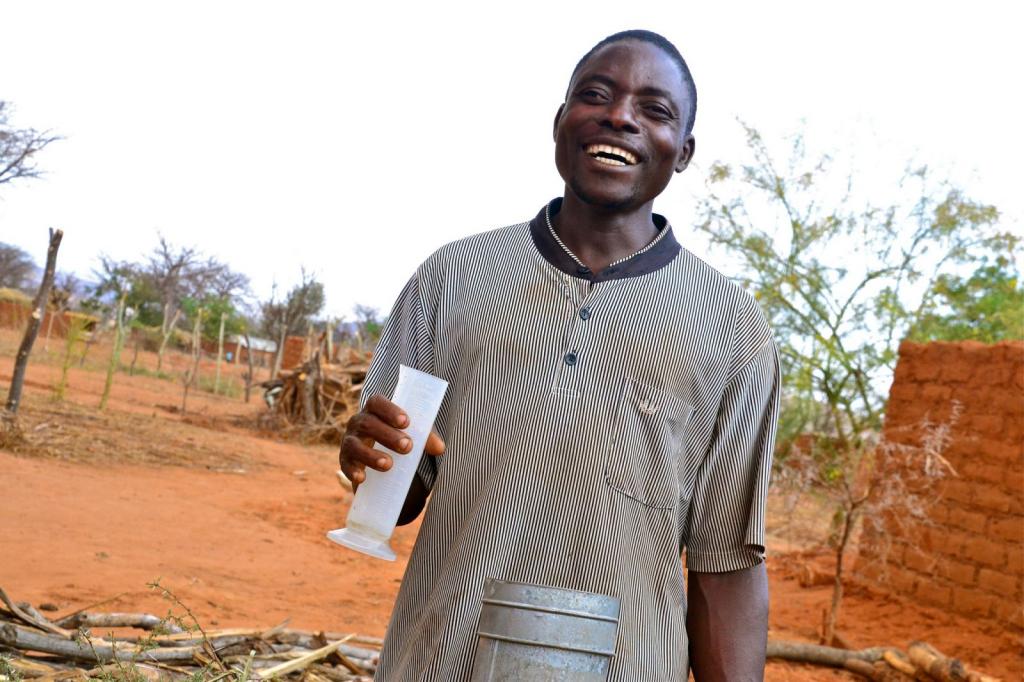
To support farmers getting information about their own rainfall patterns, some participants received a rain gauge to document the amount of rain they received during one year. Farmer Elieza Saigwa from Makoja village was one of the participants who set up a gauge on his plot, safely secured with thorn bushes and branches to keep intruding livestock out.
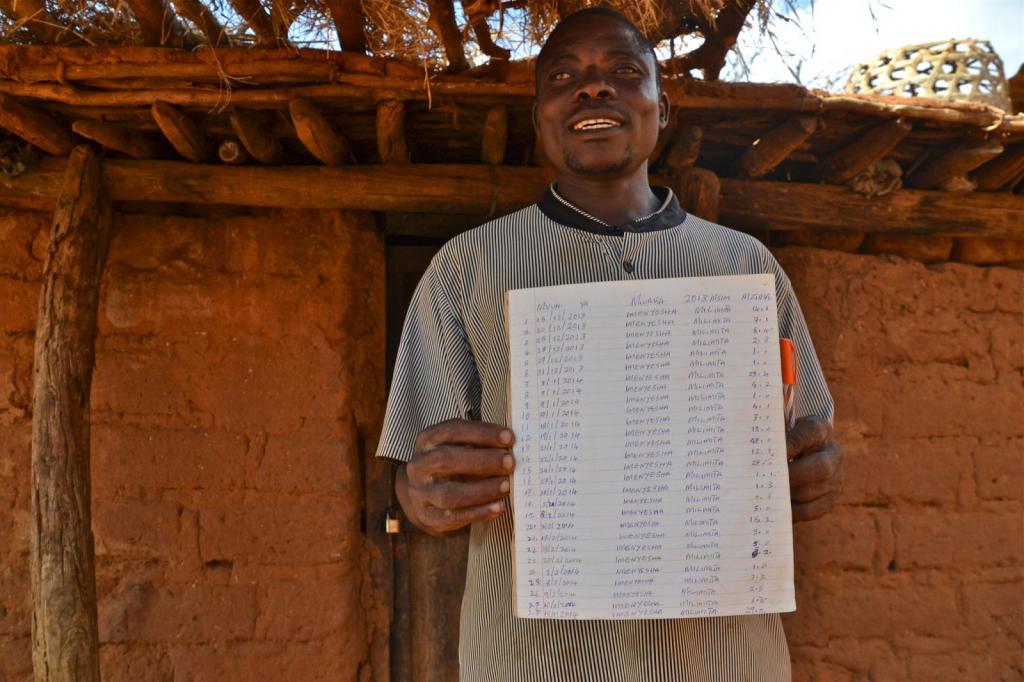
Participants got to see their local rainfall patterns during a feedback session in October 2014 - this thanks to Elieza and other farmers meticoulusly noting down the level of rainfall from the past year.
Several of the participants felt learning about the region's rainfall was one of the best things that came out of the trainings. "Now I know our actual rainfall patterns and which crops can do well in this dry climate," said participating farmer Samson Anderson.
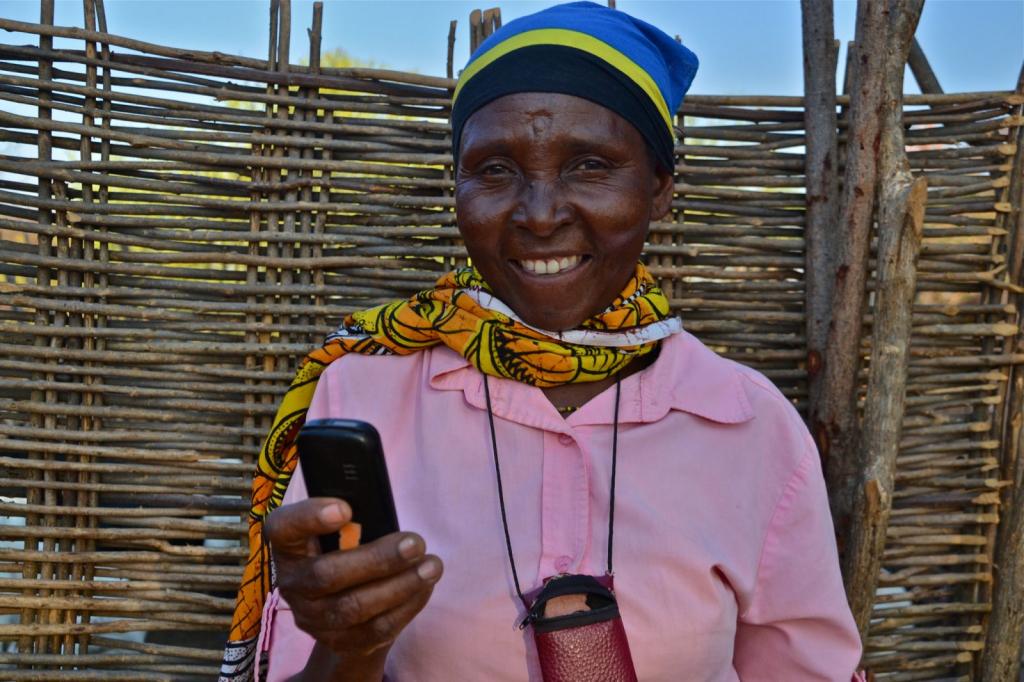
Through working closely with the national meteorological agencies, the ambition is to get farmers to receive regular climate forecast updates via phone text messages before and during the season, something many of the participants look forward to, including Peris Chilongan.
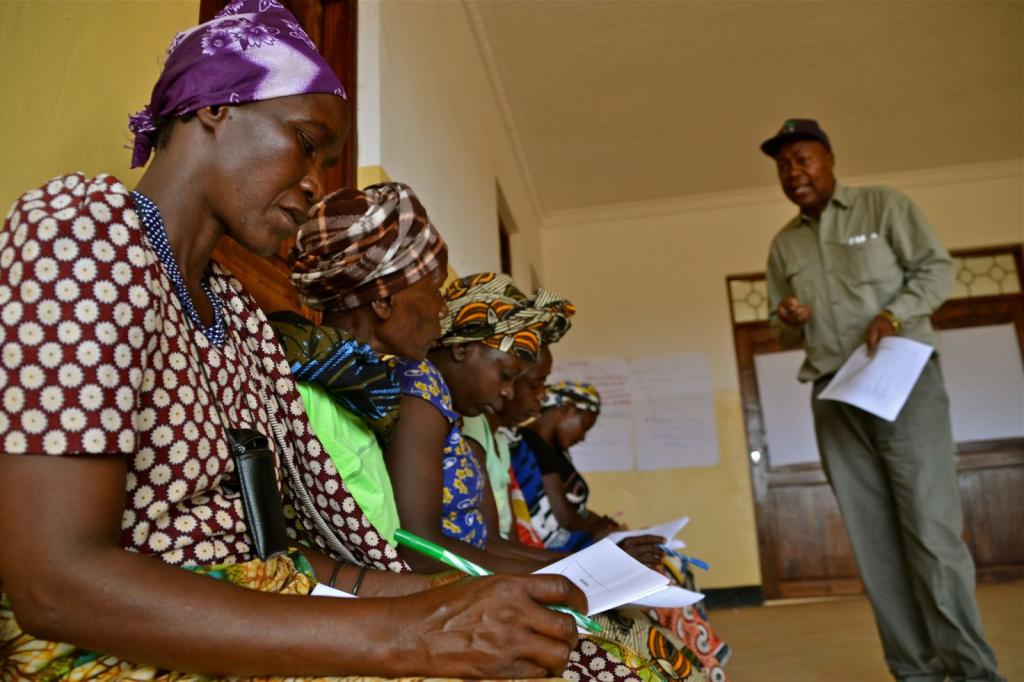
Another ambition is to build the capacity of many more extension workers - like Swai - in Tanzania and Malawi to carry out these participatory trainings, so that more farmers can be trained on how to interpret and use climate forecasts and information. Through using local networks, the approach can reach many more farmers than otherwise possible.
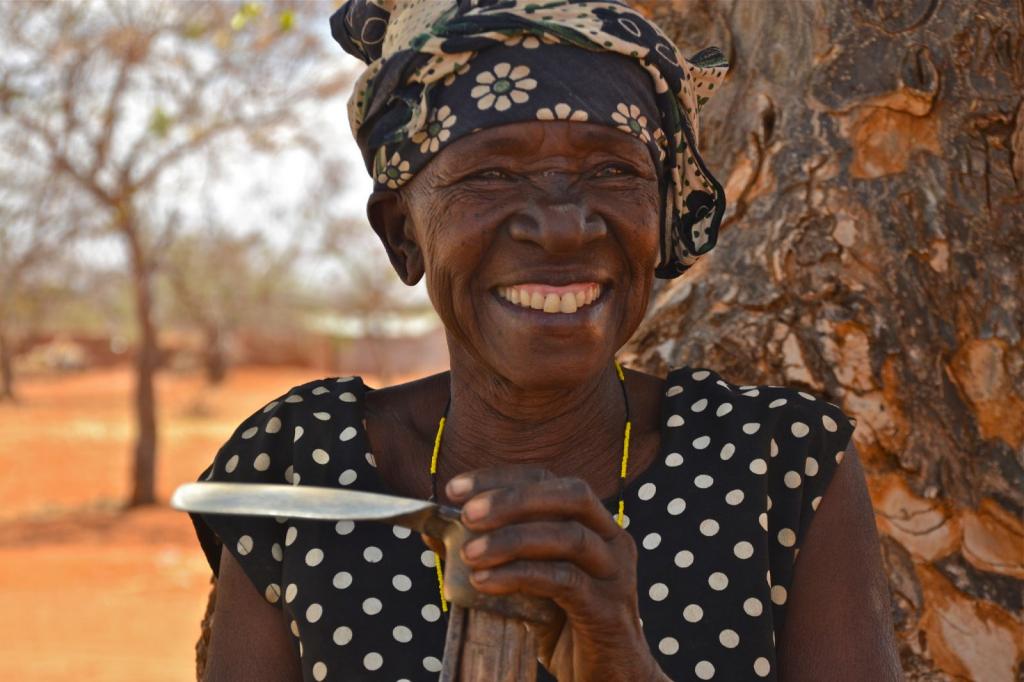
The CGIAR Research Program on Climate Change, Agriculture and Food Security (CCAFS) hopes these concerted activities will support thousands, and maybe even millions, of farmers to take on the challenge of protecting and enhancing their livelihoods in the face of climate change.
Additional information:
The University of Reading PICSA work is supported by the CGIAR Research Program on Climate Change, Agriculture and Food Security (CCAFS) and the World Food Programme as part of the Global Framework for Climate Services (GFCS) Climate Services Adaptation Programme in Africa.
The Climate Services Adaptation Programme in Africa is training additional climate service communicators in Tanzania and Malawi. By training agriculture intermediaries already working with smallholders, these participatory climate services can reach more farmers than otherwise possible.
Participatory tools used as part of the PICSA work include resource allocation maps, participatory budgets, livelihoods options matrices, crop option tables, along with explaining what climate change and variability really entail. These methods have been finetuned throughout the work in Tanzania and will be released in a Participatory Handbook later this year. Stay tuned on our blog for more information!
Learn more:
- AlertNet Story: How to best support farmers with useful climate information services
- From the Training-of-Trainers work in Tanzania: New capacity to produce and communicate climate information services built in Tanzania
- Photos: Participatory climate-service and information training in Tanzania
Cecilia Schubert works as Communications Officer for CCAFS Flagship 4 "Policies and Institutions for Climate-Resilient Food Systems".
Email Graham Clarkson and Peter Dorward for more information about the PICSA work in Tanzania and Malawi: g.clarkson[at]reading.ac.uk & p.t.dorward[at]reading.ac.uk

